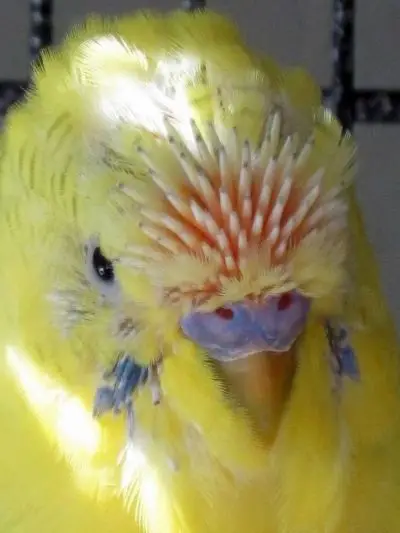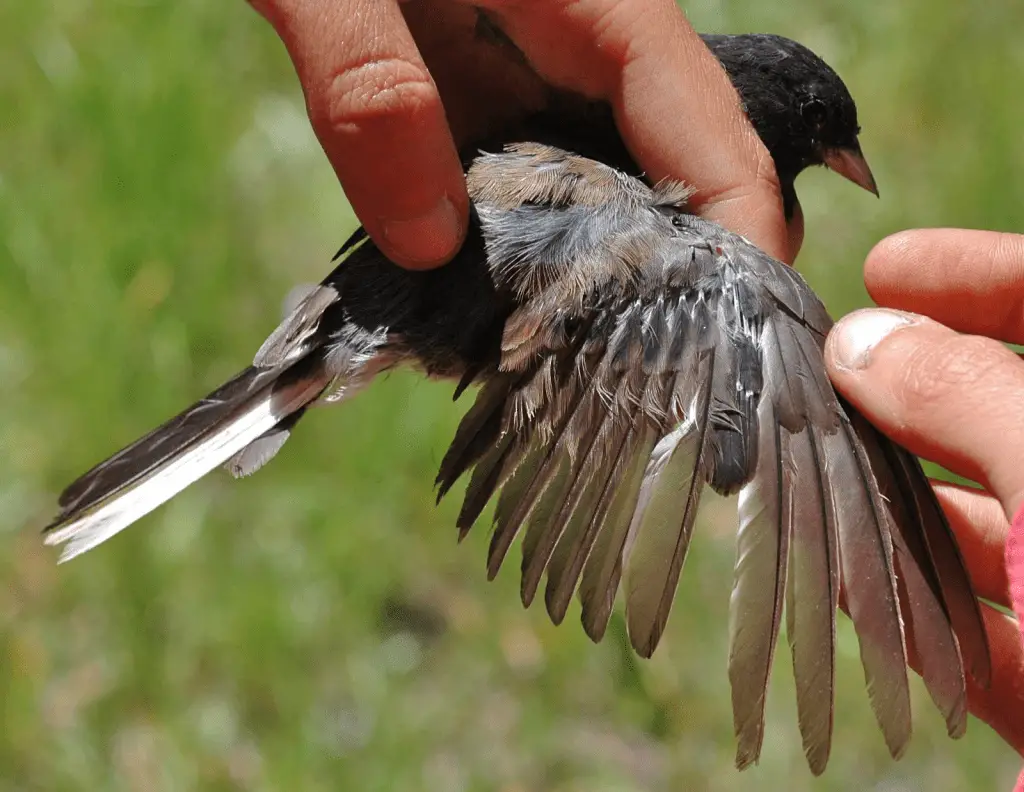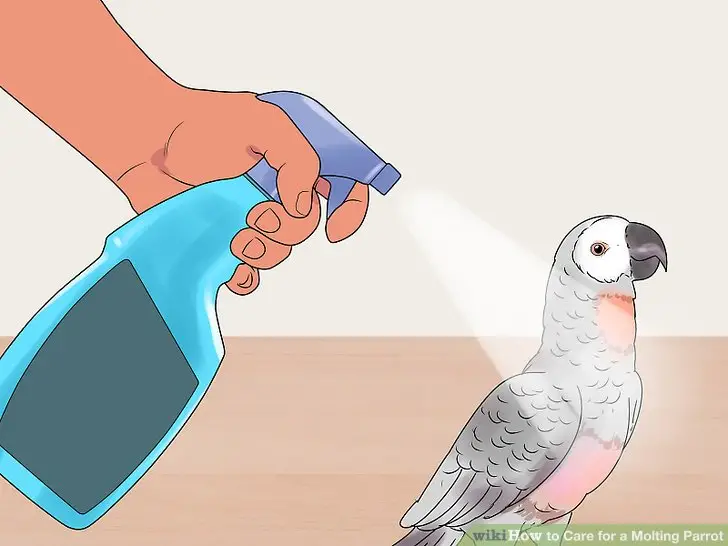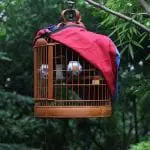Reptiles shed their skin; mammals change their fur while birds also molt their feathers. Molting of bird’s feathers is not always being talked about; that is why when owners see changes into their birds, especially when it is related to their feathers, they would often freak out and be surprised. Bird’s molting is just a natural and often harmless process that a bird undergoes as it further grows and develops. When you own a bird pet, it is advisable to familiarize yourself with this process so that you know how to assist your bird every time their feathers molt. This article will give you a guide about the symptoms of bird’s molting so that you would be able to efficiently distinguish a normal process from a life-threatening one.
The molting of the bird’s feather shares the same reason as to why the fur or skin of other animals shed. It is an important bodily process of bird because as time goes by, their feathers were worn out. Their feathers do not only use for physical protection, but it is also used during their flight; that is why it is important that it is always in good condition. There are different activities that damage their feathers such as preening, rubbing it into different kinds of surfaces, flying and bathing; that is why molting is a process to repair damages in their feathers so they won’t have any problems in their flight.
How to Distinguish Bird Molting

You should be able to distinguish a bird molting from destructive behavior, which is feather plucking. When the feathers are intact at the bottom of the cage with the entire shaft or the tips of the feather, it could mean that your bird is molting. However, if you that the feathers are chewed up or are splintered, it is an indication that your bird develops a destructive behavior, which is the feather plucking. The molting starts at the inner-most primary feathers to the outer part. The central feathers on the tail molt first until it reaches the middle part of the flying feathers.
When Does the Molting of Birds Happen?
Bird’s molting is more prominent to matured birds with a long primary father. The exact time when the bird’s molt varies. In the wild, since molting requires a lot of energy, it does not occur during the migration and breeding season. For North American birds, the molting occurs between July-August, and for tropical birds, molting occurs between August to November.
They also semi-molt after the winter season, where they replace their body and head feathers while keeping their flight feathers in the wings and tails. Birds in the wild or in captivity experience bird molting, so are sure to know important details about your bird such as when they usually breed and reproduce and when is the winter season in their natural habitat because these are the events that are a mark for their molting activity.
Types of Birds Molting
1) Molting of juveniles to adulthood
The juveniles have a sub-adult plumage that needs to be changed as they reach their maturity years. When they molt during their juvenile years, it is when their true colors would show up. From larger bird species, there are a couple of molting sessions or cycles before the colors of their plumage would show up.
2) Molting in preparation for winter
Before the winter season, the bird will molt to either change their feathers into colorful ones and include more feathers for added protection and insulation.
3) Molting in preparation for the breeding season
After the winter season, the birds will molt again in preparation for the breeding season. At this stage, they molt their feathers to make it brighter and colorful to attract their sexual partners.
4) General molting for a feather change
Aside from other mottling cycles, the bird also engages in a general molting cycle to maintain their flight feathers as well as their overall physical characteristics. Molting is also helpful for them to have an attractive plumage.
Symptoms of Bird’s Molting

There are different symptoms associated with bird’s molting that you must be aware of. These symptoms change the way how the birds behave; that is why you should know how to deal with them properly. Before the actual molting, you may see physical and behavioral changes in their body that is why you need to observe them properly to ensure that the changes that they show are still related to molting. If you know the symptoms of birds molting, you would be able to help them ease the irritations that they feel and that you wouldn’t be mistaken for sickness or diseases.
- Aggressive behavior that will let them do unnecessary biting
- Loss of appetite
- They may scratch their feathers a lot due to irritations
- There are new roots that are about to grow on their face and head
- Loss of feathers; the feathers molting should have a tip and shaft
- They look tired and drowsy
How to Help your Bird While they are Molting?

1) Mist your bird’s feathers with water
Due to the irritations, your bird is experiencing during their molting; there is a possibility that they are triggered to pluck or excessively scratch their feathers. To ease compulsion for scratching and plucking their feathers, you may spray their feathers with water to freshen up their skin and to add moisture so that molting is easier. You may also bathe them regularly and make sure that their skin will dry under natural sunlight or through lighting equipment.
2) Give them supplements
To help the bird to stay healthy while under this stressful process essential for its development, you need to give them a feather growth supplement that will adequately fill in the nutrition needed to make the healing faster. Supplementing their usual diet with green, yellow, and orange fruits and vegetables is also helpful. To ensure that their bodies absorb the nutrients accordingly, make sure to expose them to natural sunlight or at least expose them to full-spectrum lights that are sync with daylight hours.
3) Give them toys
Since your pet is feeling anxious, irritable, and aggressive, you can somehow make them happy by giving them toys to divert their attention. These toys will help them have a better mood where they can release happy hormones, and this is the only way for them to enjoy even though they are in a miserable condition.
Dangers of Molting
Molting is beneficial to birds to rejuvenate their feathers to be more efficient in flying but however, there are still dangers that need to be aware of when they are molting. When they are molting, some parts of their bodies are exposed because of their falling feathers, making them prone to different kinds of infections; that is why you need to ensure that their cage is always clean and sanitized.
During this time, since the number of feathers that they have is not sufficient to give insulation, their immunity is compromised due to changing weather conditions. When a bird is in the wild, they may also have flying difficulties that make them more vulnerable to the predator’s attack.
Final Thoughts
Bird’s molting is an important process that your bird undergoes. You may not be able to help them to actually molt their feathers, but you can assist them to be happy and healthy during the process; that is why enough knowledge during this stage is important as a breeder.


